Home>Furniture & Design>Interior Design Trends>How Much Sugar Does A Glass Of Wine Have


Interior Design Trends
How Much Sugar Does A Glass Of Wine Have
Published: February 6, 2024
Discover the latest interior design trends and tips for creating a stylish and functional space. Stay updated with the top trends in interior design.
(Many of the links in this article redirect to a specific reviewed product. Your purchase of these products through affiliate links helps to generate commission for Storables.com, at no extra cost. Learn more)
Sugar Content in Different Types of Wine
When it comes to wine, the sugar content can vary significantly based on the type and style of the wine. Understanding the sugar content in different types of wine is essential for both wine enthusiasts and those mindful of their sugar intake. Here's a breakdown of the sugar content in various types of wine:
Read more: How Much Sugar In Wine Glass
1. Dry Wines
Dry wines, such as Cabernet Sauvignon, Chardonnay, and Merlot, are fermented until most of the grape sugars are converted into alcohol. As a result, these wines typically have minimal residual sugar, usually less than 1 gram per liter. The dryness of these wines is often attributed to the absence of perceptible sweetness, making them a popular choice for those seeking lower sugar options.
2. Off-Dry Wines
Off-dry wines, including Riesling and Chenin Blanc, contain a moderate level of residual sugar, contributing to a slightly sweet taste. The sugar content in off-dry wines generally ranges from 12 to 35 grams per liter, striking a balance between sweetness and acidity. These wines are favored by individuals who appreciate a hint of sweetness without it being overpowering.
3. Sweet Wines
Sweet wines, such as Moscato, Port, and Sauternes, are known for their pronounced sweetness, owing to a higher residual sugar content. These wines can contain anywhere from 35 to over 120 grams of sugar per liter, resulting in a lusciously sweet flavor profile. While some may find these wines delightful as a dessert accompaniment, it's important to be mindful of their higher sugar content.
4. Sparkling Wines
Sparkling wines, including Champagne and Prosecco, exhibit varying sugar levels, categorized based on their sweetness. Brut Nature or Extra Brut sparkling wines are the driest, containing minimal residual sugar. In contrast, Demi-Sec and Doux sparkling wines have higher sugar content, offering a sweeter taste. The sugar content in sparkling wines can range from less than 3 grams per liter in Extra Brut styles to over 50 grams per liter in Doux varieties.
Understanding the sugar content in different types of wine empowers consumers to make informed choices based on their preferences and dietary considerations. Whether opting for a bone-dry Cabernet Sauvignon or a lusciously sweet Moscato, being aware of the sugar levels in wine enhances the overall enjoyment and satisfaction of the tasting experience.
Key Takeaways:
- Choose dry wines like Cabernet Sauvignon for lower sugar content. Look for terms like “Brut” on sparkling wines for minimal sweetness. Enjoy wine while managing sugar intake.
- Seek recommendations from sommeliers and explore European wine regions for low-sugar options. Consider organic and biodynamic wines for minimal added sugars.
Read more: How Many Grams Of Sugar Is A Glass Of Wine
Factors Affecting Sugar Content in Wine
The sugar content in wine is influenced by various factors, each playing a pivotal role in shaping the final taste profile of the wine. Understanding these factors provides valuable insights into the winemaking process and the resulting sugar levels. Here are the key factors affecting the sugar content in wine:
-
Grape Variety: Different grape varieties inherently contain varying levels of natural sugars. For instance, grapes such as Muscat and Riesling are known for their high sugar content, contributing to the sweetness in the resulting wines. In contrast, grapes like Cabernet Sauvignon and Merlot tend to have lower sugar levels, yielding drier wines.
-
Ripeness at Harvest: The stage of grape ripeness at the time of harvest significantly impacts the sugar content in wine. Grapes harvested later in the season tend to have higher sugar levels, as the prolonged exposure to sunlight allows for increased sugar accumulation. Winemakers carefully monitor the ripeness of the grapes to determine the ideal time for harvest, thereby influencing the sweetness of the eventual wine.
-
Winemaking Techniques: The winemaking process itself can affect the sugar content in the final product. For example, in the case of sweet wines, winemakers may halt the fermentation process before all the grape sugars are converted into alcohol, resulting in a higher residual sugar content. Conversely, for dry wines, the fermentation process continues until most of the sugars are fermented, leading to lower residual sugar levels.
-
Climate and Terroir: The environmental conditions in which the grapes are grown, often referred to as terroir, play a crucial role in determining the sugar content in wine. Warmer climates tend to yield grapes with higher sugar levels, as the heat promotes sugar accumulation. Conversely, cooler climates may result in grapes with lower sugar content, contributing to the production of drier wines.
-
Yeast Selection: The choice of yeast for fermentation can impact the sugar content in wine. Some yeast strains are more efficient at fermenting sugars, leading to drier wines, while others may leave behind residual sugars, contributing to a sweeter taste profile.
By considering these factors, winemakers can carefully manipulate the sugar content in wine to achieve the desired flavor profile, ranging from bone-dry to lusciously sweet. This intricate interplay of factors underscores the artistry and science behind winemaking, ultimately shaping the diverse array of wines available to enthusiasts and connoisseurs alike.
Impact of Sugar in Wine on Health
The impact of sugar in wine on health is a topic of growing interest, particularly as individuals become more conscious of their dietary choices and their potential effects on overall well-being. While moderate wine consumption has been associated with certain health benefits, it's essential to consider the implications of sugar content in wine from a health perspective.
Excessive sugar intake has been linked to various health concerns, including weight gain, increased risk of type 2 diabetes, and dental issues. When examining the impact of sugar in wine on health, it's crucial to recognize that the sugar content in wine contributes to its overall caloric value. This is particularly relevant for individuals aiming to manage their calorie intake and maintain a balanced diet.
Moreover, wines with higher sugar levels can lead to a more pronounced impact on blood sugar levels, potentially posing challenges for individuals with diabetes or those seeking to regulate their blood glucose. The consumption of sweet wines, which contain elevated levels of residual sugar, may necessitate careful consideration for individuals managing conditions affected by sugar intake.
Furthermore, the potential effects of sugar in wine on dental health should not be overlooked. The presence of residual sugar in wine can contribute to dental issues, as sugars can interact with oral bacteria, potentially leading to tooth decay and other oral health concerns. This underscores the importance of mindful consumption and oral hygiene practices, particularly for those who regularly enjoy wines with higher sugar content.
On the other hand, it's important to acknowledge that the impact of sugar in wine on health is not solely negative. Moderate wine consumption, when integrated into a balanced lifestyle, has been associated with potential cardiovascular benefits, attributed to the presence of antioxidants and polyphenols in wine. These compounds, found in varying degrees across different wine types, have been linked to potential protective effects on heart health.
In light of these considerations, individuals are encouraged to make informed choices regarding their wine consumption, taking into account the sugar content and its potential implications for their overall health. By being mindful of the sugar levels in the wines they select and incorporating moderation into their consumption habits, individuals can strike a balance between savoring the pleasures of wine and prioritizing their health and well-being.
The impact of sugar in wine on health underscores the significance of informed decision-making and the recognition of the interplay between dietary choices and overall wellness. By fostering awareness and understanding, individuals can navigate the diverse landscape of wines while aligning their preferences with their health goals.
Tips for Choosing Low-Sugar Wines
When seeking low-sugar wine options, there are several strategies that can guide consumers toward selections that align with their preferences and dietary considerations. By being mindful of certain factors and making informed choices, individuals can enjoy the nuanced flavors of wine while managing their sugar intake. Here are valuable tips for choosing low-sugar wines:
-
Select Dry Varietals: Opt for wines labeled as "dry," such as Sauvignon Blanc, Pinot Noir, and Brut sparkling wines. These varietals typically undergo fermentation until most of the grape sugars are converted into alcohol, resulting in minimal residual sugar content. By choosing dry wines, individuals can savor the complexities of the wine without an overwhelming sweetness.
-
Explore European Wine Regions: Wines from traditional European regions, such as France, Italy, and Spain, often adhere to stricter regulations regarding sugar levels. For instance, wines labeled as "Brut Nature" or "Extra Brut" in the case of sparkling wines are indicative of minimal sugar content, offering a crisp and dry tasting experience.
-
Check the Wine Label: Pay attention to the wine label, as it often provides valuable insights into the sugar content. Look for terms such as "Brut," "Extra Brut," or "Sec" for sparkling wines, and "Dry" for still wines. Additionally, familiarize yourself with the sweetness scale used in wine descriptions, ranging from "bone-dry" to "sweet," to make informed choices based on your preferences.
-
Seek Recommendations from Sommeliers: When dining out or visiting wine establishments, don't hesitate to seek recommendations from sommeliers or knowledgeable staff. They can offer guidance on low-sugar wine options, taking into account your taste preferences and guiding you toward selections that align with your desired flavor profile.
-
Explore Organic and Biodynamic Wines: Organic and biodynamic winemaking practices often prioritize minimal intervention, resulting in wines with lower added sugars. These wines are crafted with a focus on natural processes, offering a potential avenue for discovering low-sugar options that reflect the authenticity of the terroir and grape varietals.
-
Consider Lighter Wine Styles: Lighter wine styles, such as Vinho Verde, are known for their refreshing and crisp characteristics, often accompanied by lower sugar levels. These wines are ideal for those seeking a vibrant and zesty drinking experience while being mindful of their sugar intake.
By incorporating these tips into the wine selection process, individuals can navigate the diverse landscape of wines with a heightened awareness of sugar content. This empowers consumers to make informed choices that resonate with their preferences, dietary goals, and overall enjoyment of the wine tasting experience.
Frequently Asked Questions about How Much Sugar Does A Glass Of Wine Have
Was this page helpful?
At Storables.com, we guarantee accurate and reliable information. Our content, validated by Expert Board Contributors, is crafted following stringent Editorial Policies. We're committed to providing you with well-researched, expert-backed insights for all your informational needs.
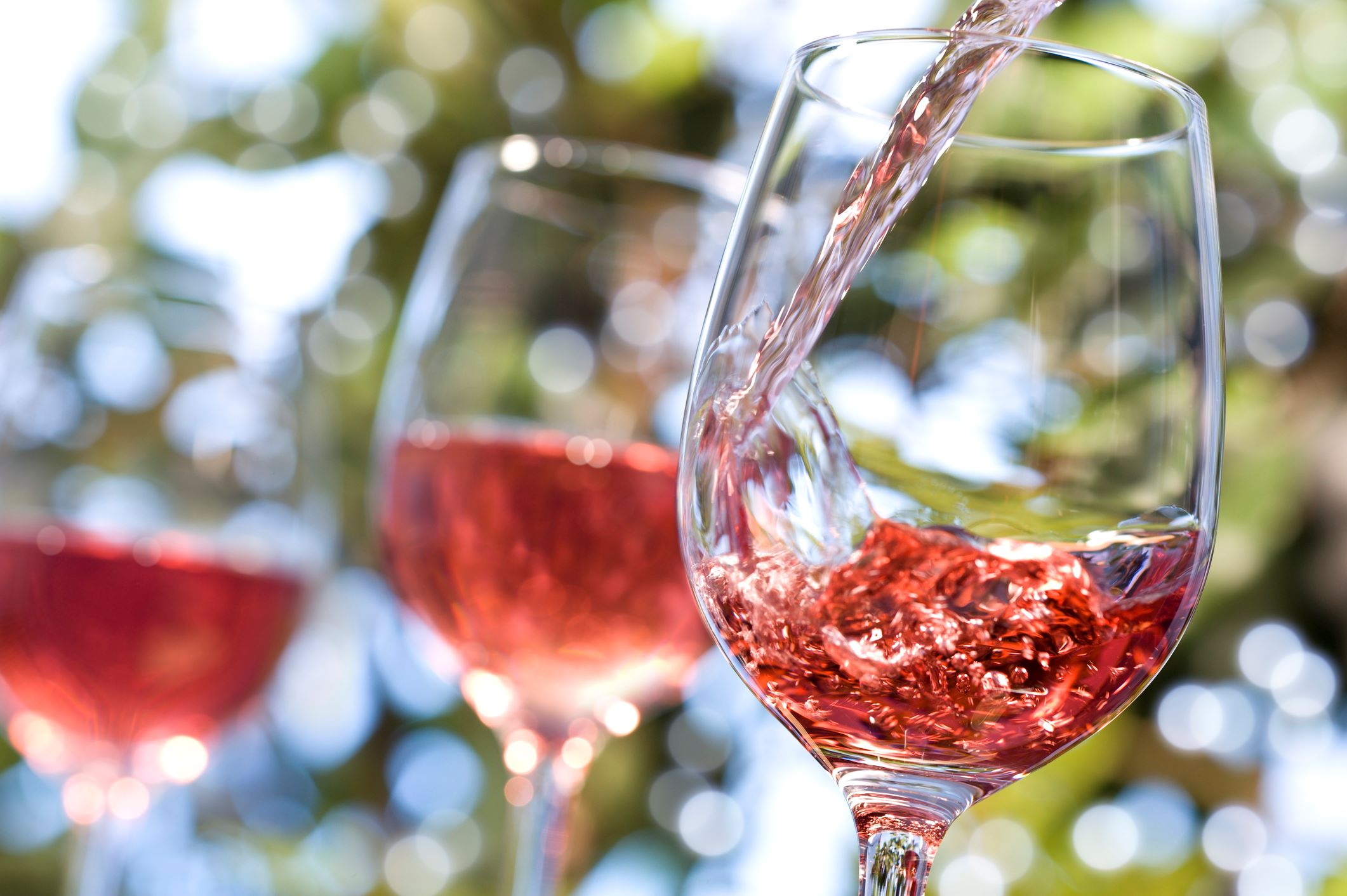
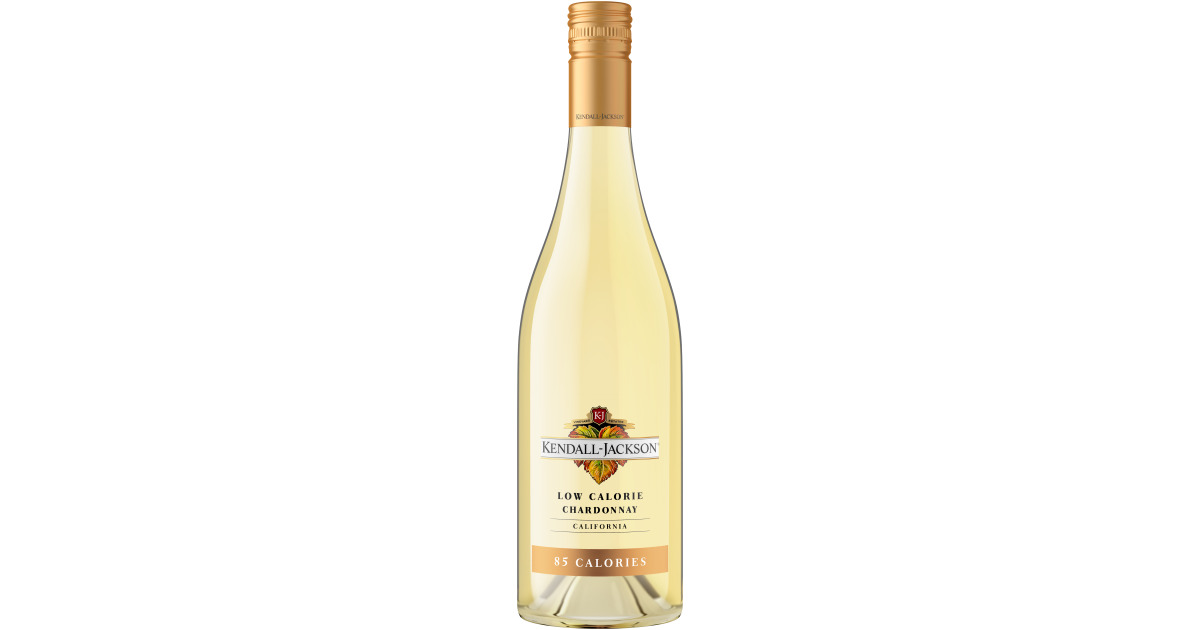

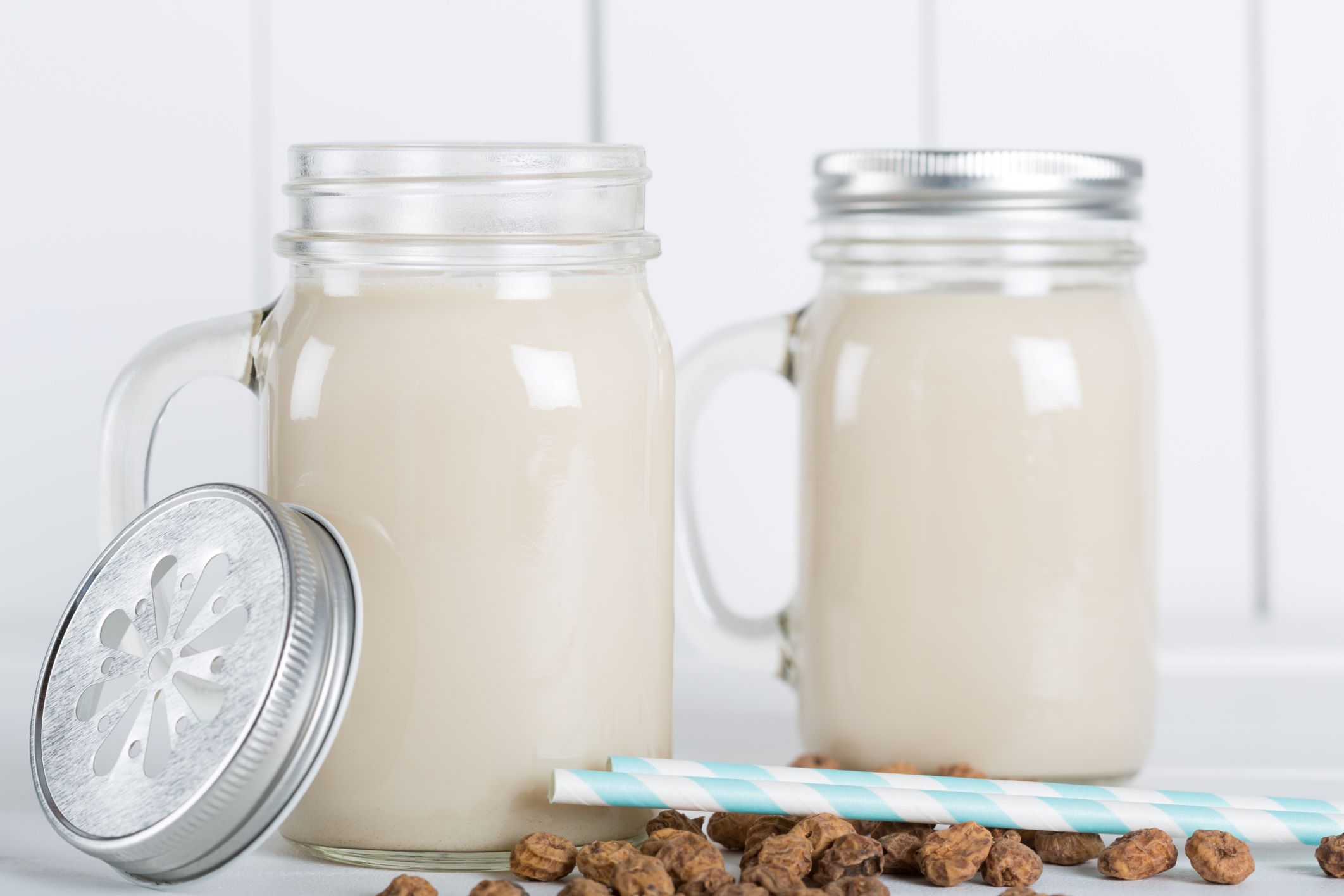
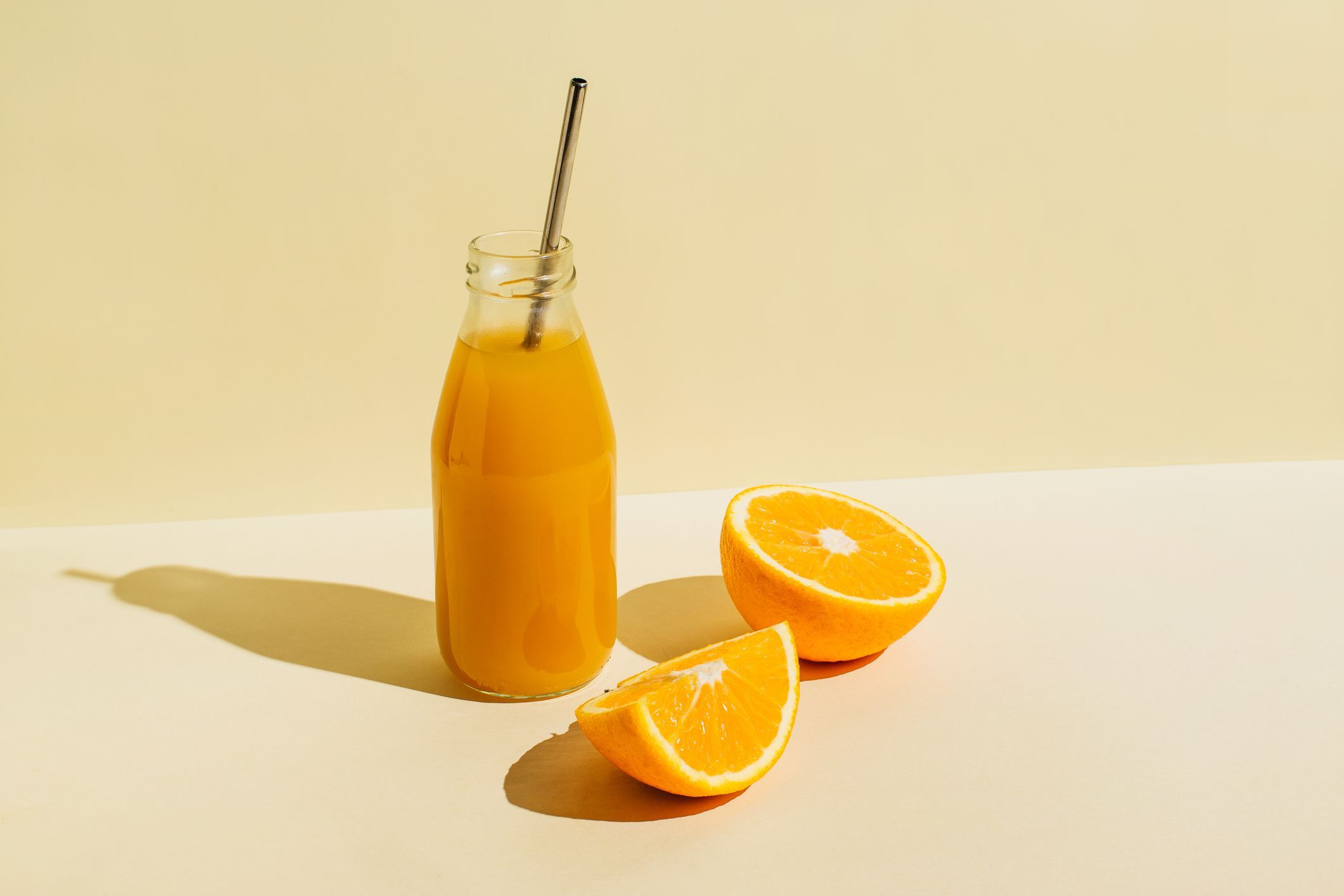
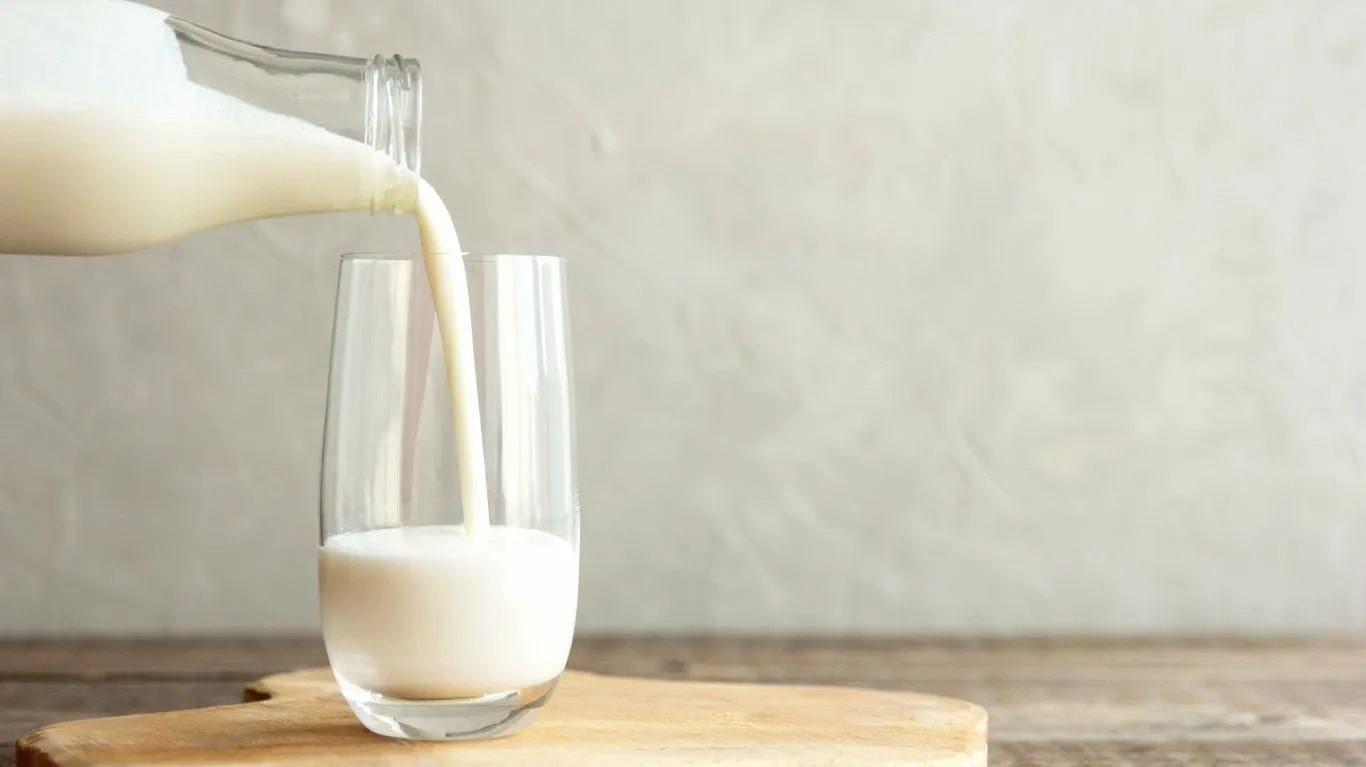
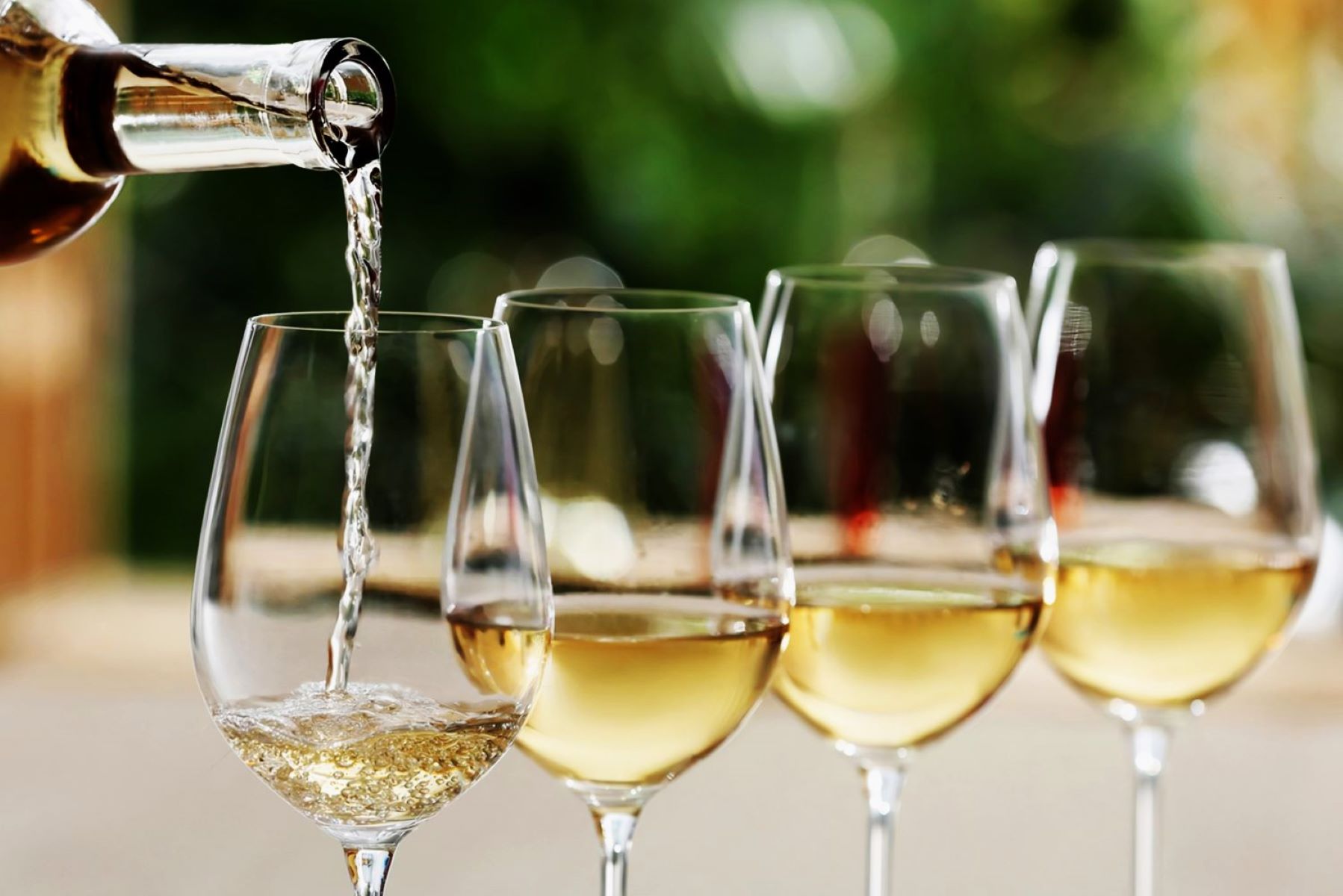
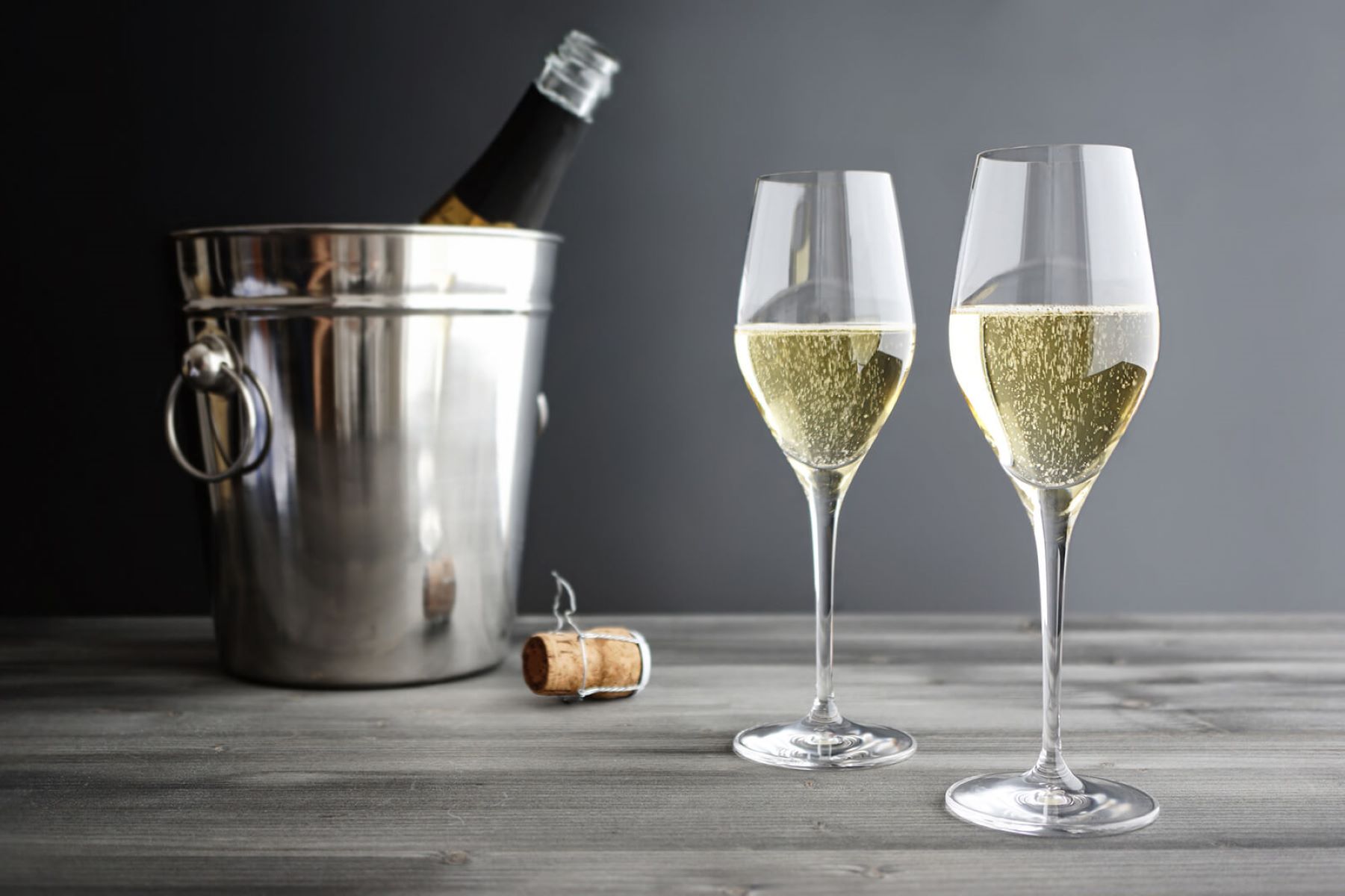
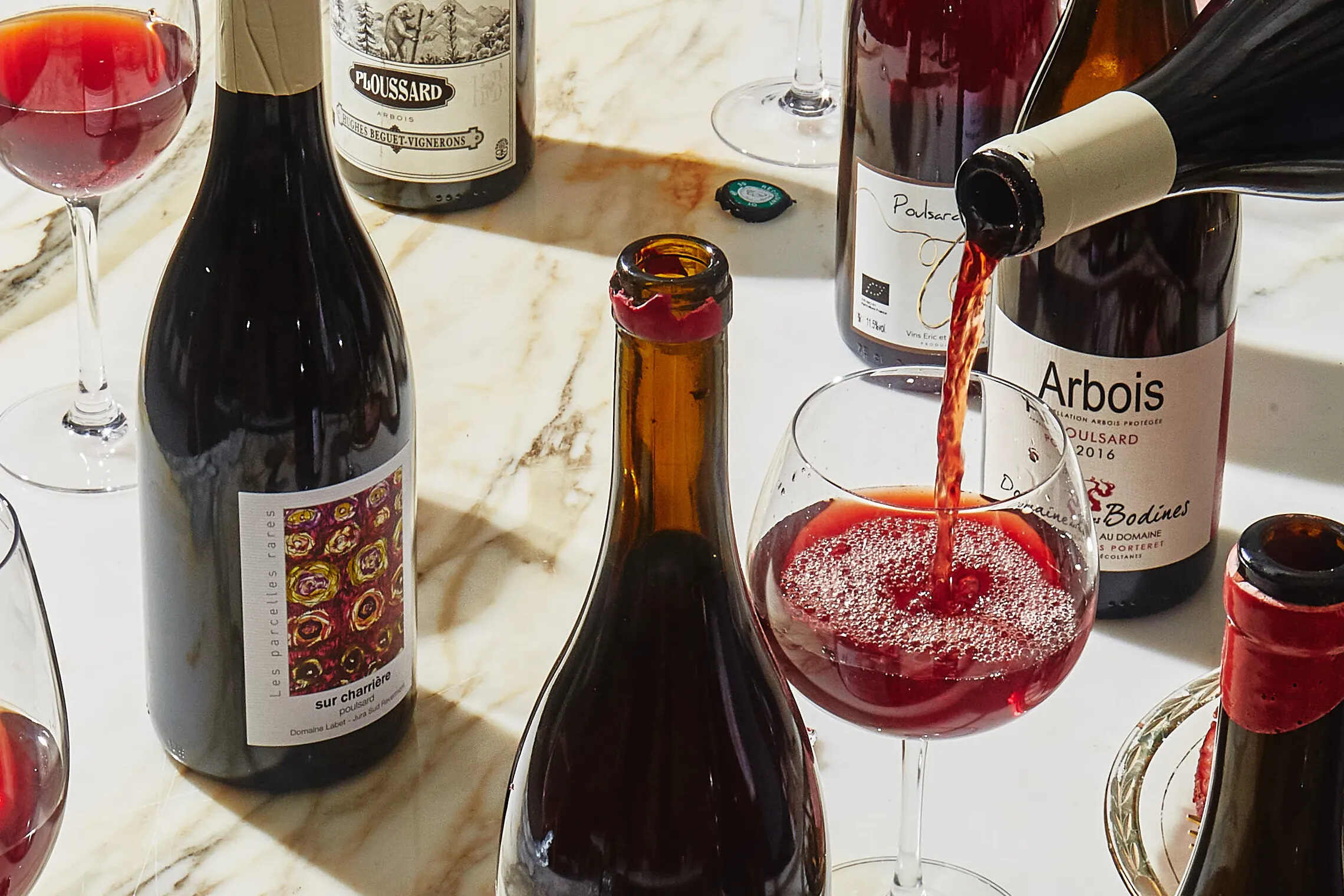
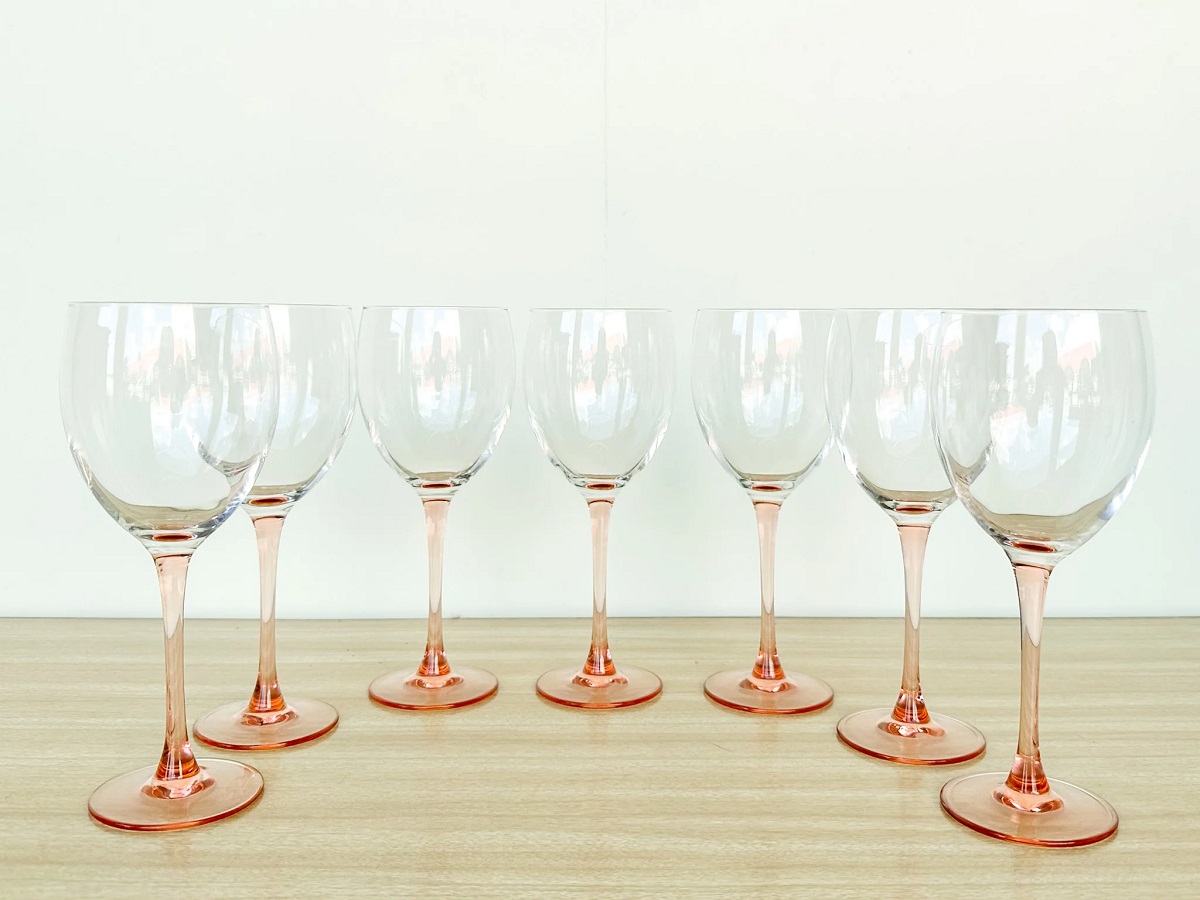
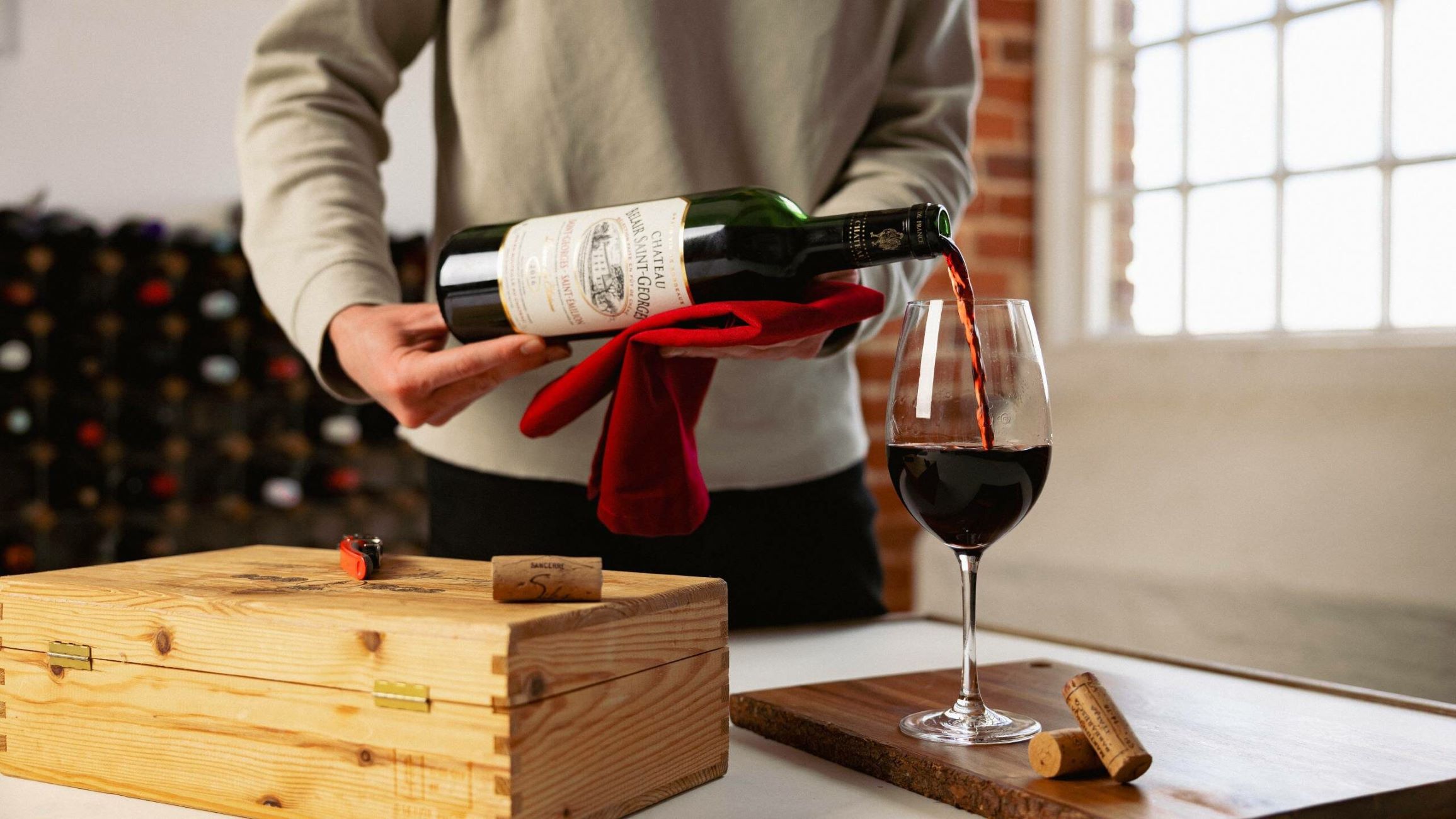
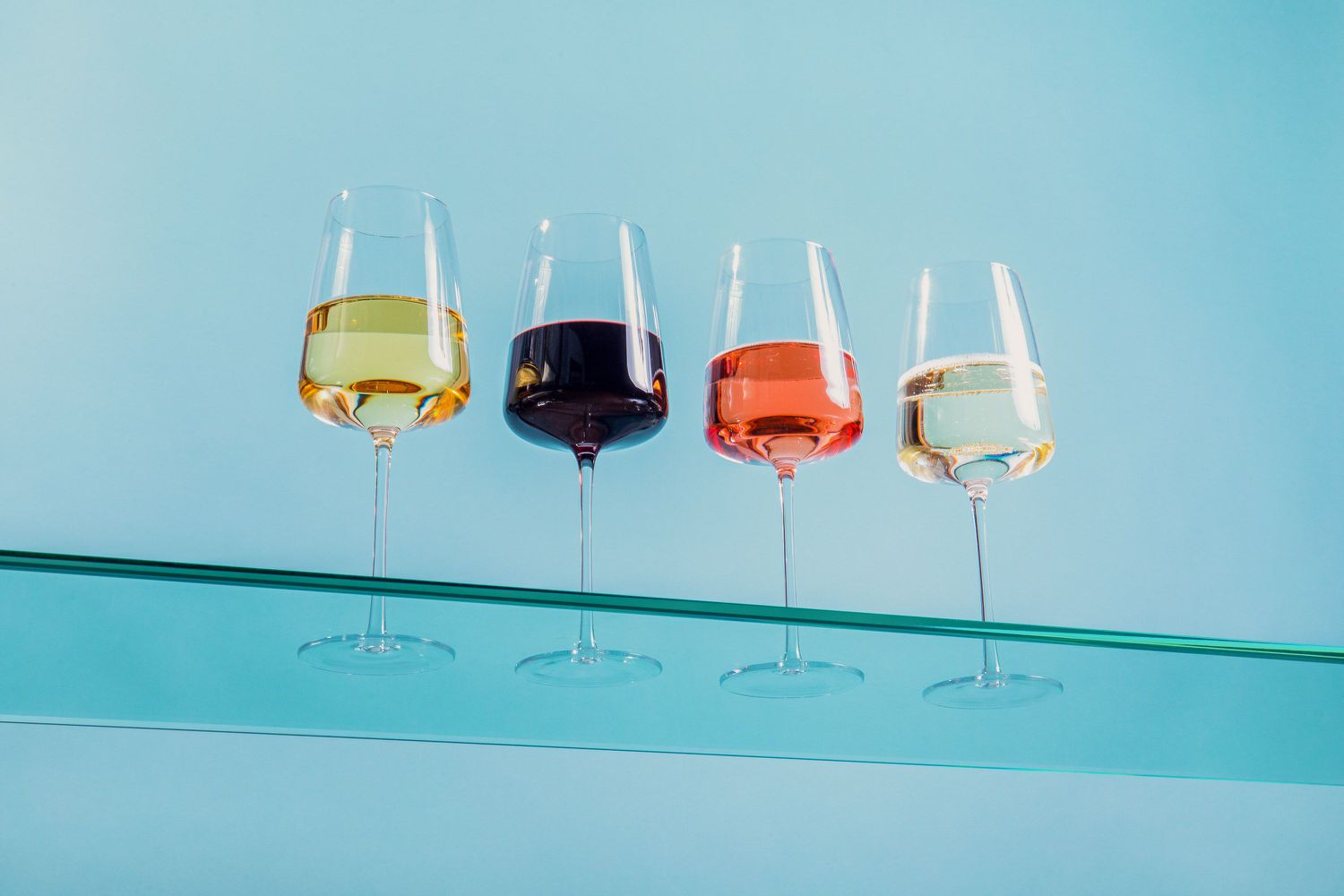
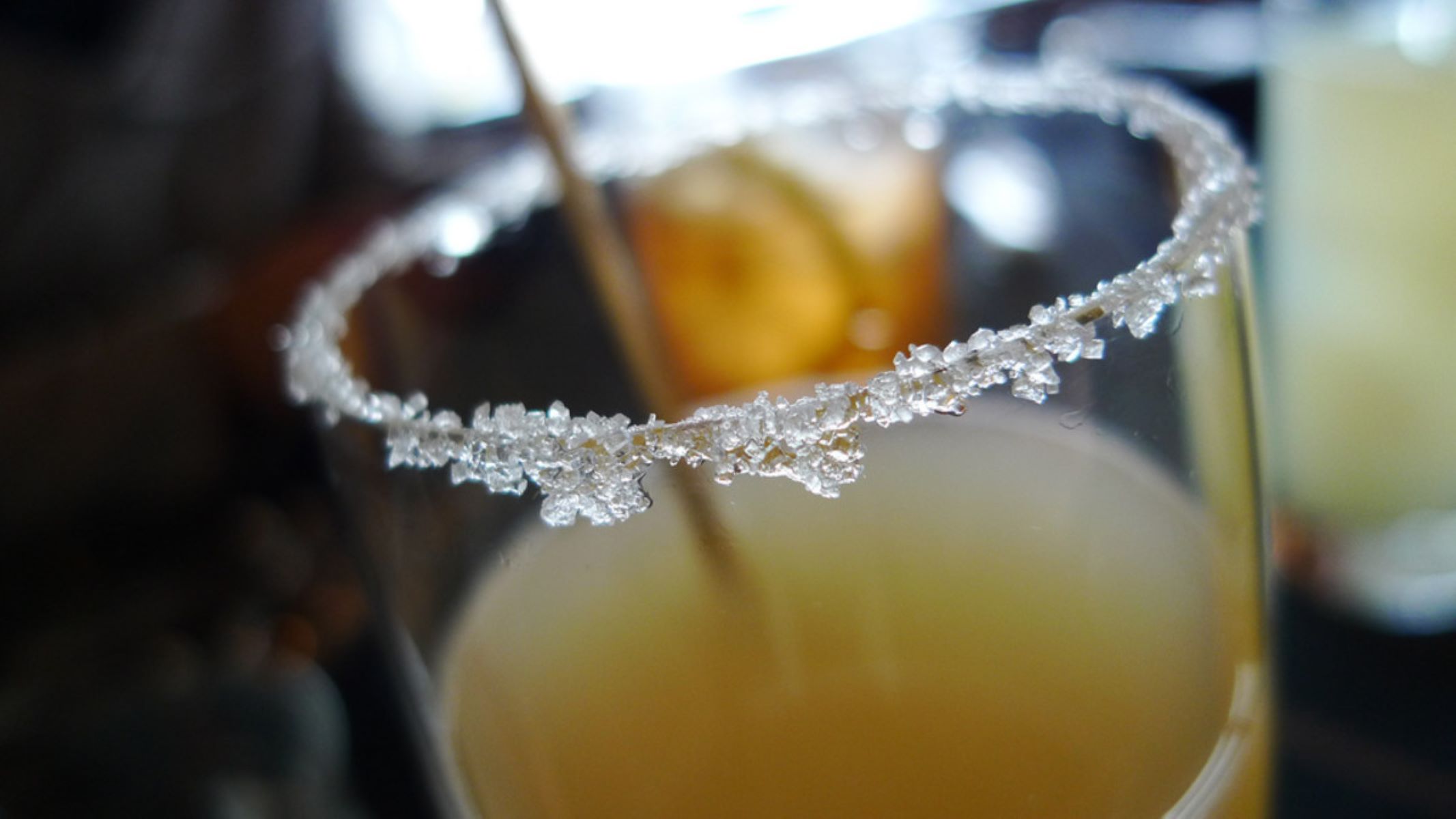
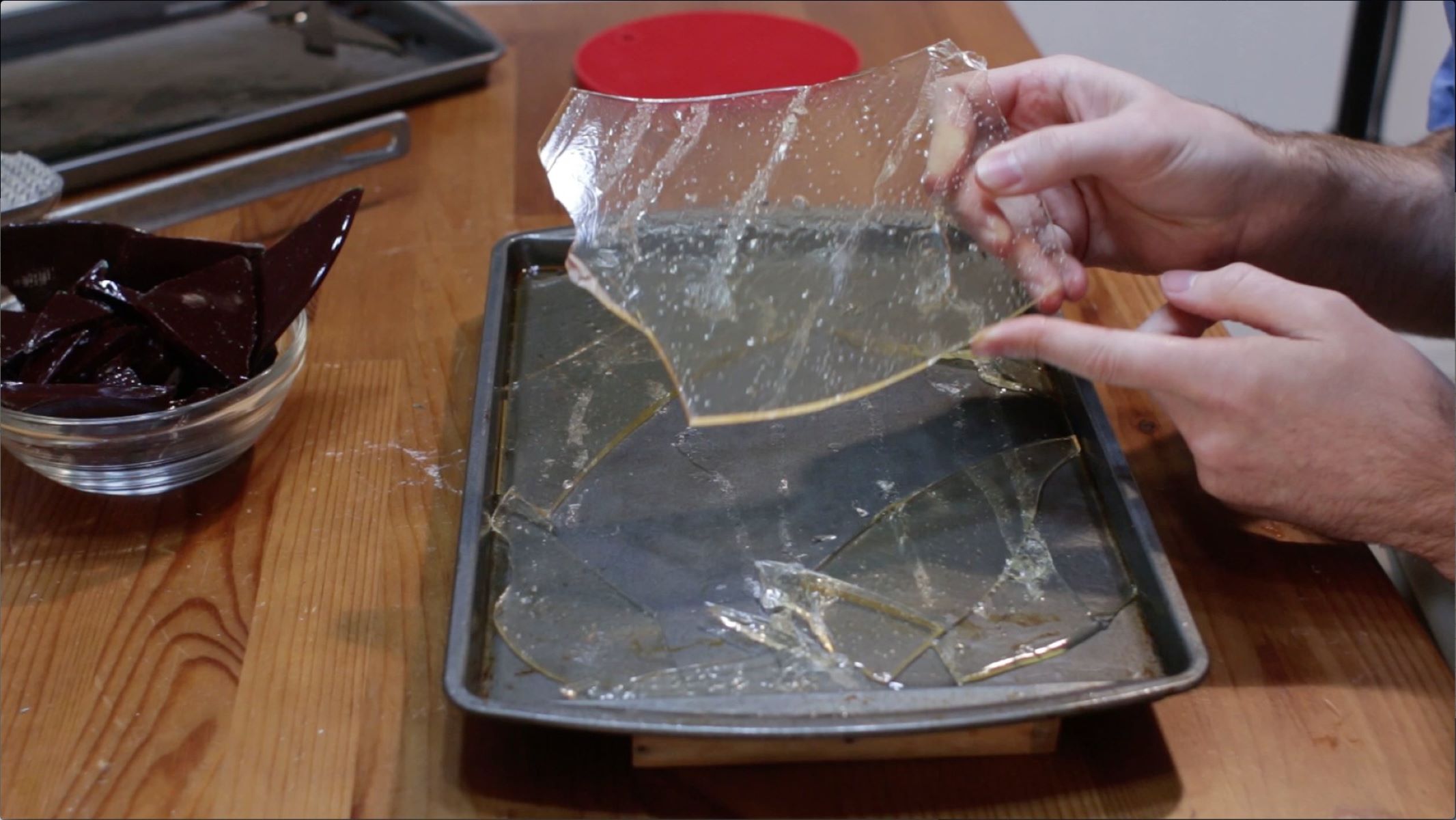

0 thoughts on “How Much Sugar Does A Glass Of Wine Have”